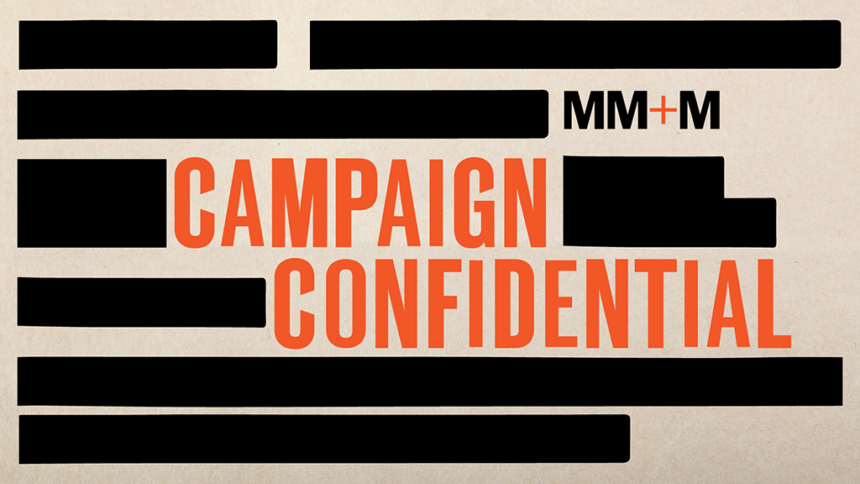At the intersection of art and medicine, you can find Horizon Therapeutics.
Actually, on a building near the intersection of First Avenue and Pike Street in Seattle is where you can find Horizon Therapeutics.
The Irish rare-disease biotech decided to go big for its latest educational campaign to raise awareness about gout — including its causes, symptoms and treatments.
Through September 3, a 40-foot-tall mural has become an unavoidable presence in downtown Seattle, not far from the famous Pike Place Market. The goal of the artwork is to make visible what is largely unseen about gout.
While the condition, which affects approximately 9.2 million Americans, is impossible to ignore during a painful flare-up, patients often then ignore it once the pain has subsided even though their bodies may be progressing silently to the next attack.
Long nicknamed “the disease of kings,” there is an unfortunately erroneous but common perception that gout impacts only those who are obese and following diets rich in red meat, alcohol as well as sugary foods and beverages.
Horizon’s campaign seeks to replace shaming with science, as it explains that the root cause of gout is a build-up in uric acid. A predisposition to uric acid buildup increasingly appears to be the result of a number of different environmental and genetic factors.
The mural at the heart of the campaign consists of an X-ray-like image of the base of someone’s spine, with growths in neon green visible on it. Above it read the words: “Take a Closer Look at Gout.”

“The imagery is inspired by an advanced imaging technique called dual energy CT scanning,” Gina Granat, senior manager of product communications for Horizon Therapeutics, explains. “It can detect the uric acid buildup that’s happening beneath the surface. Even if you’re not feeling any pain, flares or tophi (another word for a gouty lump that some people have when they have high levels of uric acid in their body), there could be uric acid building in all different places throughout the body. This image is based on a real DECT scan of the spine of a person who is living with gout.”
The decision to create the Seattle mural was driven by the success of similar though smaller murals last year in Atlanta, Charlotte, Houston and Phoenix, all of which led to increases in website traffic. Another mural is also planned to be unveiled next month in Baltimore.
The actual design of the mural was entrusted to Valentinos Mikalef, who leads the Mural Arts Collective based in New York. After the design was reviewed by Dr. Ada Kumar, the medical director of medical affairs at Horizon, to assure its accuracy, the execution of the painting was entrusted to local artists.
Similar to the success of last year’s murals, the Seattle artwork appears to be driving meaningful results.
Less than three weeks after the mural was unveiled, more than 500 people had engaged with Uncovergout.com and taken steps to learn about gout and treatments for the disease.
Dr. Erin Bauer, a rheumatologist practicing in Seattle, has played a central role in the Uncover Gout campaign, communicating the latest in the diagnosis and treatment of the disease to media and patients alike.
“It’s one of my favorite things to treat because it is an imminently fixable situation, unlike a lot of conditions that I treat in rheumatology,” she says. “With autoimmune diseases, which are chronic and honestly often incurable, we’re just aiming to manage them.”
Standing in the way of successful treatment, however, is that the disease remains misunderstood by both patients and even healthcare providers. In addition, many people simply don’t take the disease seriously beyond those moments when a painful attack is unfolding, Bauer says. Ignoring it, however, is a common but critical mistake.
“The more uric acid you have building up, the longer and more painful the flares will be when they happen. We see patients who are missing work and for the vast majority of people, this is a genetic condition essentially,” she says. “There’s not any shame in it; the condition just needs a pill or other treatment and we can get people feeling good again.”
Unfortunately, the common perception that gout is a disease of overindulgence can create obstacles that stop patients from seeking treatment. By pursuing a public-facing educational campaign, both Horizon and Bauer hope to dispel the stigma that sometimes accompanies gout.
“People do not need to feel like this is all on them to change their diet or to make these big adjustments,” Bauer says. “If they do all of that and they’re still having gout flares, that’s not their fault. It’s just the disease—they just have too much uric acid, but we can fix it and we can bring it down.”







